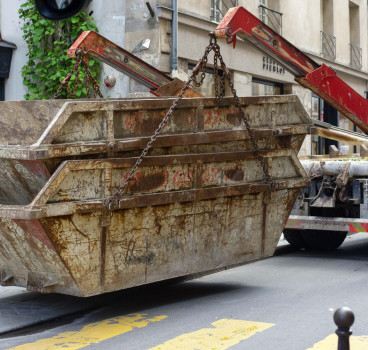From humble cardboard to architectural marvel
Step into a museum unlike any other. Forget towering stone facades or gleaming steel skeletons. Here, in the heart of Japan, stands the Shigeru Ban ArchiLab – a temporary haven of art and innovation crafted entirely from… cardboard tubes. Not your average cereal box fare, mind you, but sturdy, meticulously engineered columns that redefine our perception of what a building can be.
The brainchild of renowned architect Shigeru Ban, the ArchiLab wasn't just an architectural feat; it was a response to a tragedy. In 1995, the Great Hanshin earthquake ravaged Kobe, Japan, leaving a trail of devastation. Witnessing the destruction, Ban felt compelled to create temporary shelters that were not only functional but also dignified. His answer: paper tube structures, readily available, lightweight, and surprisingly resilient.
So, how did humble cardboard become the foundation of an architectural marvel? The secret lies in Ban's innovative design. The tubes, made from recycled paper treated with weatherproof resin, are incredibly strong, capable of supporting significant weight. They're slotted together with plywood joints, forming a network of interconnected columns that create the structure's walls and roof. This modular design allows for rapid assembly and disassembly, making it ideal for temporary structures.
But why cardboard? The benefits go beyond practicality. Cardboard is readily available, renewable, and significantly less energy-intensive to produce compared to traditional building materials. This aligns with Ban's deep commitment to sustainable architecture, where buildings minimise their environmental footprint and contribute to a greener future.
The ArchiLab's impact extends far beyond its cardboard walls. It's become a symbol of resilience and innovation, a testament to the power of creativity in the face of adversity. The museum has hosted countless exhibitions and events, fostered artistic dialogue and raised awareness about sustainable design practices. Its success has inspired architects worldwide to explore the potential of readily available materials like bamboo, wood, and even plastic in their own projects.
Of course, the ArchiLab isn't without its challenges. Cardboard, despite its treatment, isn't impervious to the elements. The structure requires careful maintenance and is not intended for long-term use. However, its temporary nature is part of its charm. The ArchiLab reminds us that buildings can be ephemeral, adaptable, and responsive to the needs of a changing world.
As the world grapples with climate change and resource depletion, the Shigeru Ban ArchiLab stands as a beacon of hope. It shows us that sustainability and creativity can go hand-in-hand, and that even the humblest materials can be transformed into works of architectural wonder. It challenges us to rethink our relationship with buildings, to see them not just as permanent fixtures but as flexible, adaptable spaces that can be built with respect for the environment and the communities they serve.
So, the next time you walk through a museum door, take a moment to appreciate the materials beneath your feet. Remember the Shigeru Ban ArchiLab, a testament to the power of imagination, and let it inspire you to see the potential for beauty and innovation in the most unexpected places.
Sources:
- Shigeru Ban Architects: https://shigerubanarchitects.com/
- Arch Daily: https://www.archdaily.com/office/shigeru-ban-architects
- Dezeen: https://www.dezeen.com/tag/cardboard/
- The Guardian: https://blog.ted.com/buildings-made-from-cardboard-tubes-a-gallery-of-shigeru-ban-architecture/
Additional Articles

What construction can learn from Ant colonies about logistics and site movement
If you want to witness flawless logistics, responsive movement and coordinated planning in action, you do not need to observe a hyper-automated warehouse or a cutting-edge construction site - you...
Read moreWhy everyone has a favourite skip and what it says about you
In construction, there are two universal truths – tea, of course, is essential and believe it or not, everyone - whether they are prepared to admit it - has a favourite skip. It may sound strange,...
Read more

The cultural significance of the bacon roll in UK construction
Walk onto any construction site in the UK at 7:30am and you’ll quickly discover that the most important piece of equipment isn’t a digger, a drill or a laser level. It’s a humble, foil-wrapped,...
Read more